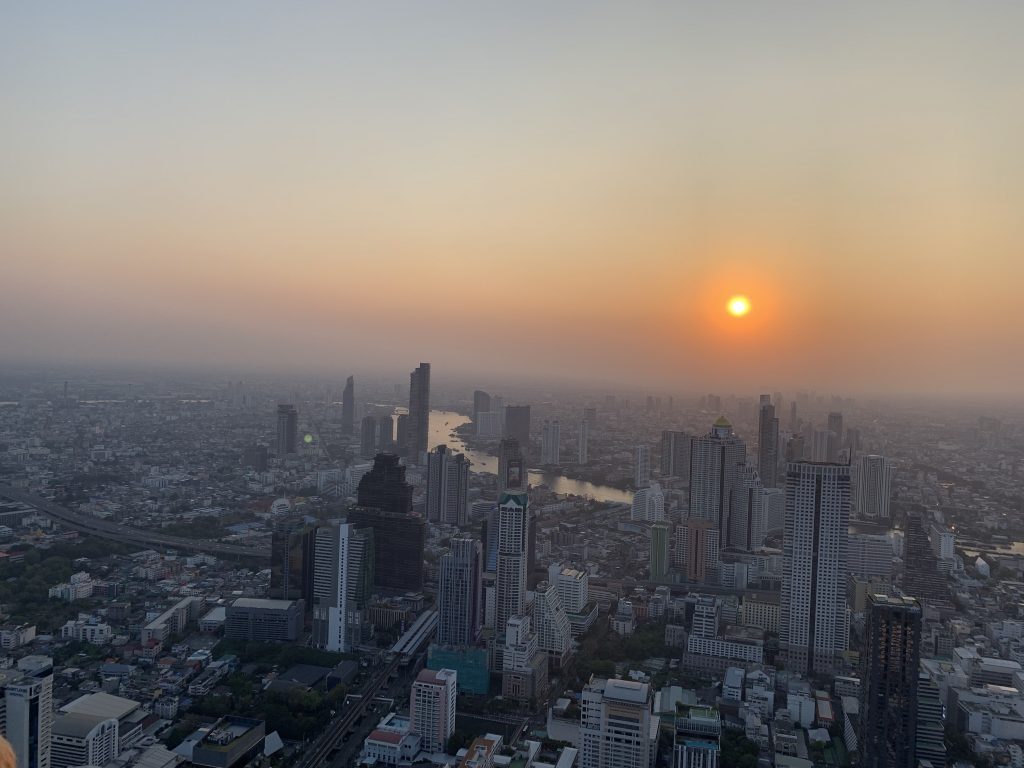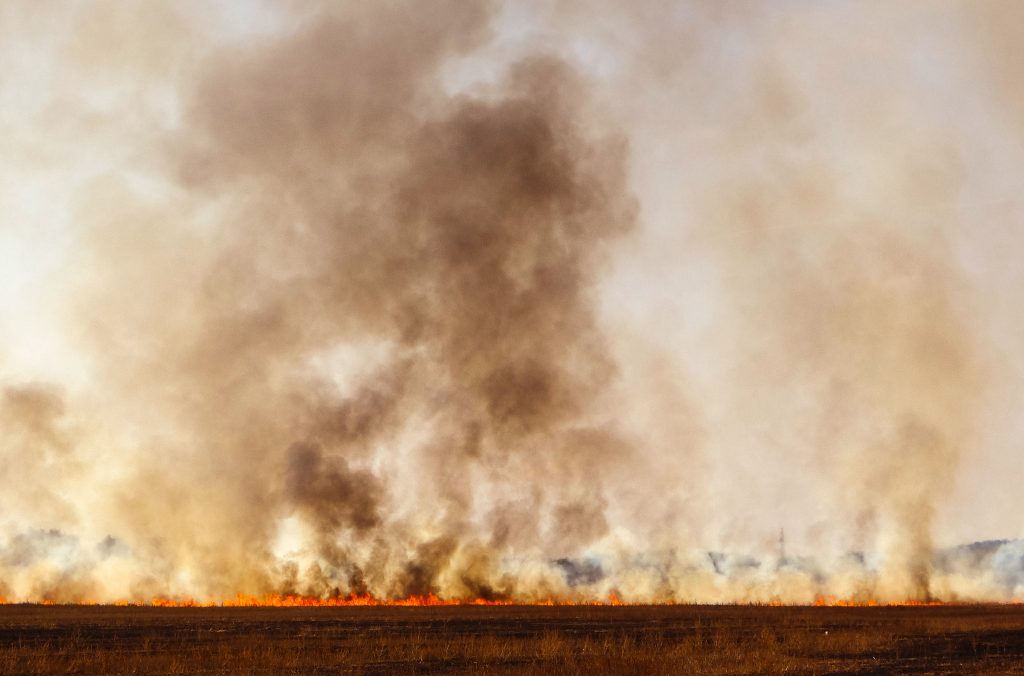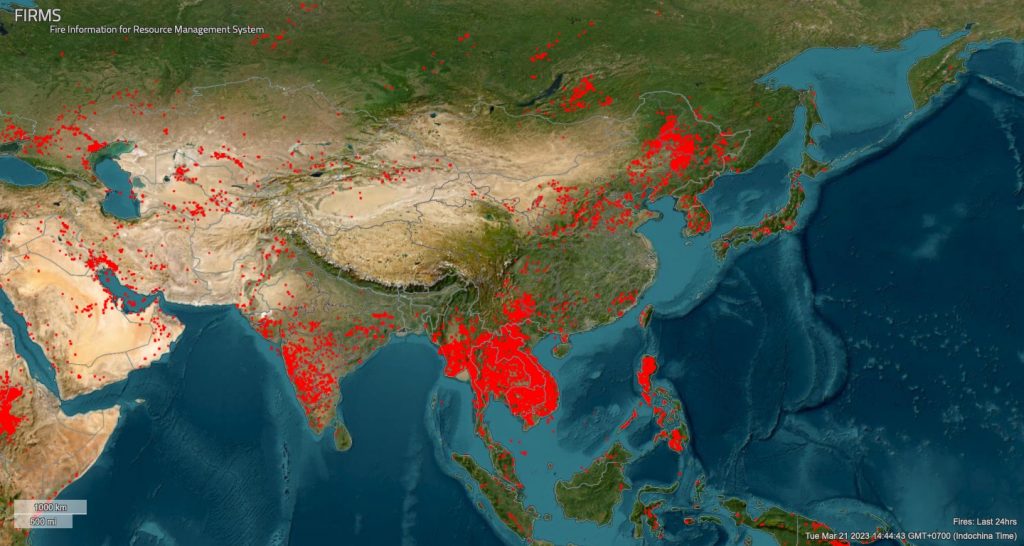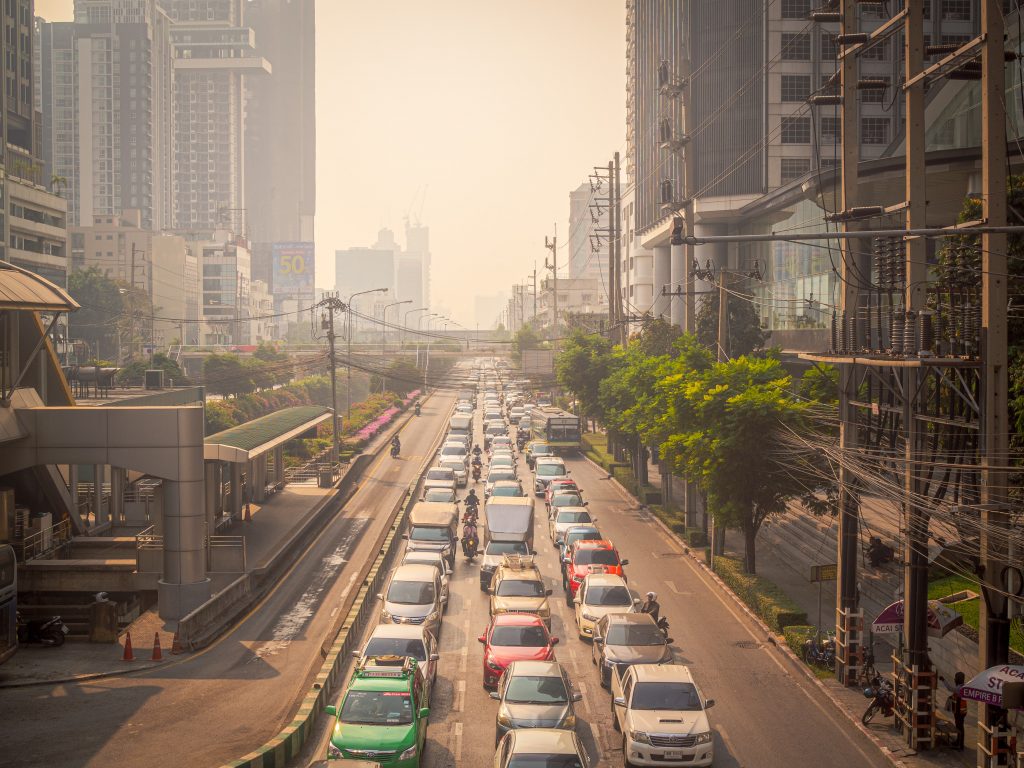I started an investigation about air pollution in a hospital in Bangkok, waiting for a chest X-Ray, suffocating because of intense coughing. It was my second week living in Bangkok, and I had awful couth attacks, I was short of breath all the time, and I had very disturbing and frightening chest pain. I went to a hospital where doctors had excluded covid-19 and other respiratory illnesses before started to suspect acute allergies. They did skin tests to check for immediate allergic reactions to 50 different substances and defined that I indeed have severe allergies to dust, pollen, and consequently to air pollution. I spent the rest of my stay in Thailand wearing FFP2 or N95 respirators to reduce exposure to the problem. In this blog post, I will explore the causes and effects of air pollution in Bangkok and what can be done to address this issue.

Air pollution is a significant problem in many parts of the world, and Thailand is no exception. Thailand is ranked the 4th worst in terms of air quality amongst the 10 ASEAN countries. Bangkok city is home to millions of people, and as the capital of Thailand, it is an important hub for business, tourism, and transportation. However, air pollution is a major concern for residents and visitors, with high levels of particulate matter (PM2.5 – I will explain this in the next paragraph) often exceeding safe levels set by the World Health Organization (WHO). From December to April every year, Bangkok’s skies become grey with smog and haze. There are days when Bangkok is ranked the worst city in the world regarding air pollution.
One of the causes of air pollution in Bangkok is vehicular emissions. With over 10 million registered vehicles in the city, the roads are often congested, leading to increased emissions of pollutants. Industrial emissions are also a major contributor to air pollution in Bangkok. The city is home to many factories and industrial plants that emit pollutants into the air.
Two major factors are playing a role there. Annual monsoon’s airflow flips around at the end of November from a Southwest airflow, swiping moist air out of the Indian Ocean into Thailand, to a Northeast airflow with dry air swept down from the Asian continent. This annual monsoon change happens around the annual burning season when farmers traditionally burn their harvested plantations of rice, corn, and sugar to clear their fields quickly and easily. Most of these farms are located to the North and Northeast of Bangkok. These two phenomena combined, dry airflow blows pollution and smog down from the northern farmlands of Thailand’s mainland to Bangkok. Central and North Thailand suffer even more from the choking smoke.

PM 2.5 refers to fine particulate matter with a diameter of 2.5 micrometers or less. These tiny particles are often produced by combustion from sources such as car engines, power plants, and wildfires and can also be formed from chemical reactions between gases in the atmosphere. PM 2.5 is particularly concerning because it can penetrate deep into the lungs and even enter the bloodstream, potentially causing various health problems such as asthma, heart disease, and lung cancer. Exposure to PM has been linked with increased risk of cardiovascular disease mortality due to heart attacks or stroke; respiratory problems including asthma attacks; lung cancer in smokers; chronic bronchitis in non-smokers who live near sources of PM pollution such as highways or industrial facilities; eye irritation from dust storms caused by windblown dust containing metal particles from mining operations or construction sites. Governments and organizations often measure and report PM 2.5 levels in the air as an indicator of air quality and potential health risks. Burning crop residue releases large amounts of particulate matter (PM), which includes smoke particles and gases like carbon monoxide, nitrogen dioxide and sulfur dioxide into the atmosphere.
The country has made efforts to reduce its carbon footprint, but these measures have not been enough to curb the effects of air pollution on its citizens’ health. The Thai government has been postponing addressing the annual burning season, just warning to prevent illegal burning. However, there hasn’t been effective enforcement. Instead, Thailand media shows water cannons blasting thousands of liters of valuable water toward the skies doing literally nothing to tackle the air pollution crisis.

A long-term solution is to subsidize proper machinery for Thailand farmers to clean the fields mechanically rather than the cheaper burning of the crops residue. Districts could share the cost of the necessary machinery with individual farmers and companies, sharing the equipment when needed. Today it is easier to track all the fires clearly identified by NASA satellites and available for free online, so anyone can access and see online where all the fires are. There are many other sources, like the app AirVisual which shows the air quality any time of the day everywhere in the world, city by city, district by district. Information on the AirVisual clearly links poor air quality with the fires of the burning fields.
On the other hand, the government has implemented some measures to reduce emissions in the country. These include promoting the use of public transportation, such as buses and trains, and encouraging the use of electric vehicles. The government has also implemented stricter emissions standards for vehicles and industries and has launched public awareness campaigns to encourage individuals to take action to reduce air pollution, such as carpooling or using bicycles for short trips. This can reduce the number of vehicles on the road, reducing vehicular emissions and improving air quality. The Thai government has implemented measures to promote sustainable transportation, including expanding the Skytrain and subway systems.

In addition to government action, individuals can also take steps to reduce their contribution to air pollution. For example, reducing single-use plastics and recycling can help reduce waste and the need for burning. Using public transportation or walking and cycling instead of driving can also help to reduce vehicular emissions. Also, reducing energy consumption by turning off lights and electronics when not in use, reducing water consumption, and reducing waste through recycling can all help to reduce our environmental impact.
Air pollution is a significant problem in Bangkok, with serious consequences for public health and the environment. While I will plan my travels more carefully now, avoiding trips to Thailand from December to April, there is plenty of work that can be done on an institutional level to tackle the air pollution problem in Thailand.
